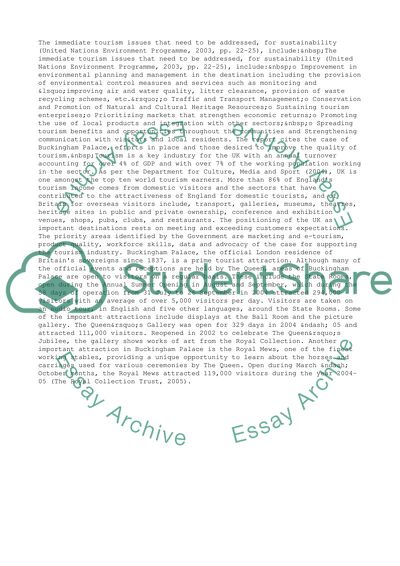Cite this document
(Tourism Operations Management Essay Example | Topics and Well Written Essays - 1250 words, n.d.)
Tourism Operations Management Essay Example | Topics and Well Written Essays - 1250 words. Retrieved from https://studentshare.org/management/1516080-tourism-operations-management
Tourism Operations Management Essay Example | Topics and Well Written Essays - 1250 words. Retrieved from https://studentshare.org/management/1516080-tourism-operations-management
(Tourism Operations Management Essay Example | Topics and Well Written Essays - 1250 Words)
Tourism Operations Management Essay Example | Topics and Well Written Essays - 1250 Words. https://studentshare.org/management/1516080-tourism-operations-management.
Tourism Operations Management Essay Example | Topics and Well Written Essays - 1250 Words. https://studentshare.org/management/1516080-tourism-operations-management.
“Tourism Operations Management Essay Example | Topics and Well Written Essays - 1250 Words”, n.d. https://studentshare.org/management/1516080-tourism-operations-management.


